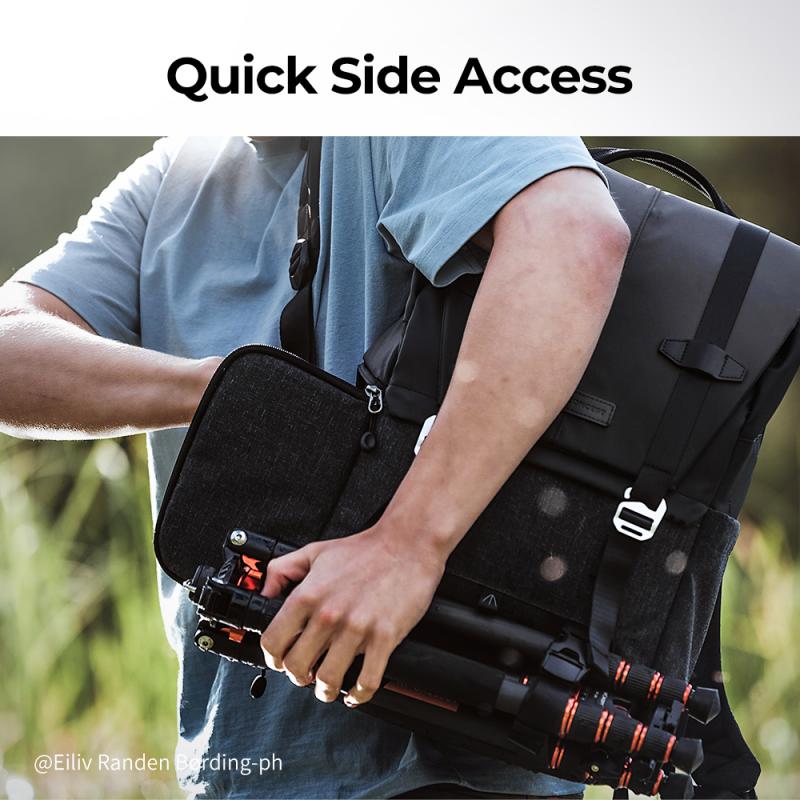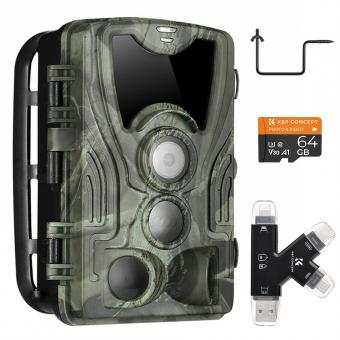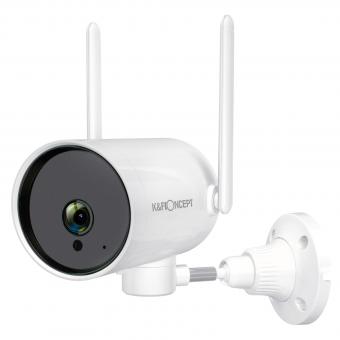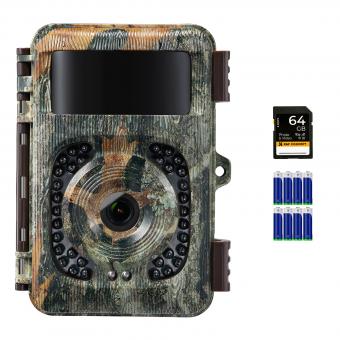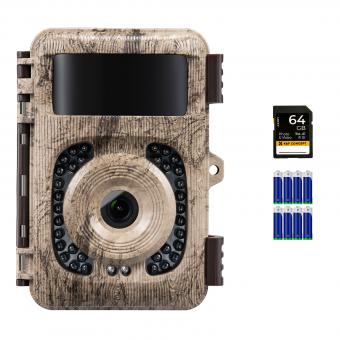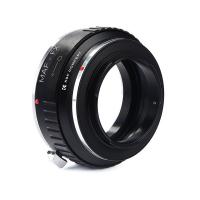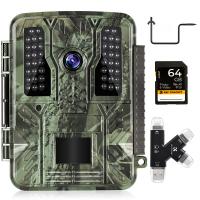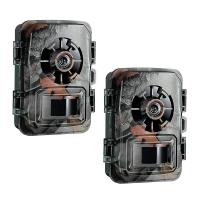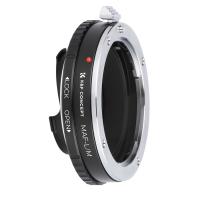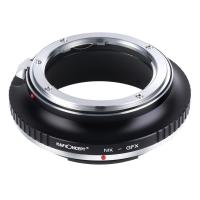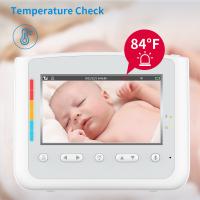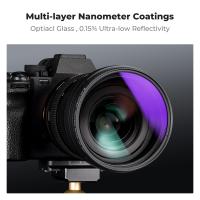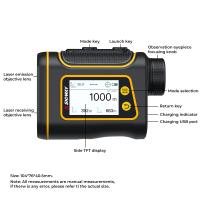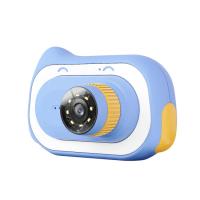How To Connect Wifi To Cctv Camera ?
To connect a CCTV camera to WiFi, you will need a WiFi-enabled camera and a WiFi network. First, ensure that your camera supports WiFi connectivity. Then, power on the camera and access its settings menu. Look for the network or WiFi settings option and select it. Scan for available WiFi networks and choose your desired network. Enter the network password if prompted. Once connected, the camera should display a confirmation message or indicator. You can then access the camera's live feed or recordings through a mobile app or web browser on a device connected to the same WiFi network.
1、 Wireless Connectivity Options for CCTV Cameras
Wireless connectivity options for CCTV cameras have become increasingly popular due to their convenience and flexibility. Connecting a CCTV camera to WiFi allows for remote monitoring and access to live footage from anywhere with an internet connection. Here's a step-by-step guide on how to connect WiFi to a CCTV camera:
1. Check camera compatibility: Ensure that your CCTV camera supports wireless connectivity. Most modern cameras come with built-in WiFi capabilities, but older models may require additional adapters.
2. Install the camera: Set up the CCTV camera in the desired location, ensuring it has a clear view of the area you want to monitor.
3. Connect to power: Plug the camera into a power source. It is essential to have a stable power supply to ensure uninterrupted surveillance.
4. Access camera settings: Use the camera's mobile app or web interface to access its settings. This typically involves connecting your smartphone or computer to the camera's WiFi network.
5. Connect to your home WiFi network: Within the camera's settings, locate the WiFi network settings and select your home network. Enter the network password if prompted.
6. Test the connection: Once connected, test the camera's connection by accessing the live feed on your smartphone or computer. Ensure that the video quality is satisfactory and that there are no connectivity issues.
7. Configure remote access: If you want to access the camera remotely, configure port forwarding on your router and set up a dynamic DNS service. This will allow you to access the camera's feed using a unique URL or IP address.
It's important to note that the specific steps may vary depending on the camera model and brand. Always refer to the manufacturer's instructions for detailed guidance.
In recent years, advancements in wireless technology have made connecting CCTV cameras to WiFi even more seamless. Some cameras now support features like automatic WiFi pairing, which simplifies the setup process. Additionally, the emergence of mesh WiFi systems has improved the reliability and coverage of WiFi networks, ensuring a stable connection for CCTV cameras.
Overall, connecting a CCTV camera to WiFi offers numerous benefits, including easy installation, remote access, and flexibility in camera placement. It is a convenient solution for both residential and commercial surveillance needs.
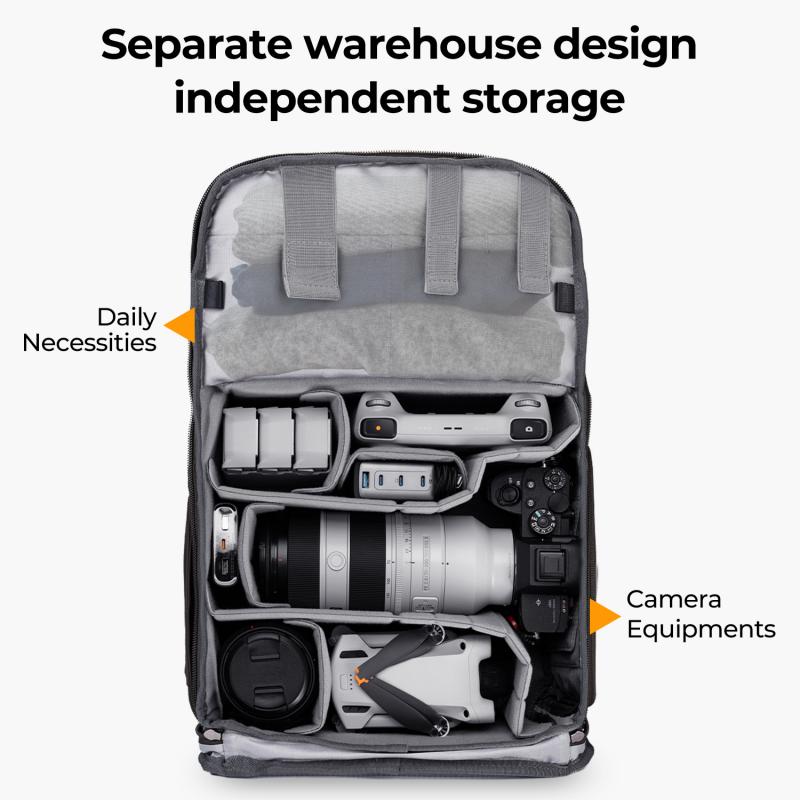
2、 Steps to Connect CCTV Camera to Wi-Fi Network
Steps to Connect CCTV Camera to Wi-Fi Network:
1. Check camera compatibility: Ensure that your CCTV camera is Wi-Fi enabled and can connect to a wireless network. Some older models may not have this capability.
2. Install the camera: Set up the CCTV camera in the desired location, ensuring it has a clear view of the area you want to monitor. Follow the manufacturer's instructions for installation.
3. Connect the camera to power: Plug the camera into a power source using the provided power adapter. Make sure the camera is receiving power before proceeding.
4. Download the camera's app: Most Wi-Fi enabled CCTV cameras come with a dedicated app that allows you to control and monitor the camera remotely. Download the app from the App Store or Google Play Store onto your smartphone or tablet.
5. Open the app and create an account: Launch the app and create a new account if prompted. This account will be used to connect the camera to your Wi-Fi network.
6. Connect the camera to Wi-Fi: In the app, navigate to the settings or setup section and select the option to connect the camera to Wi-Fi. Follow the on-screen instructions to enter your Wi-Fi network name (SSID) and password.
7. Pair the camera with the app: Once the camera is connected to Wi-Fi, the app will search for the camera on the network. Follow the prompts to pair the camera with the app.
8. Test the connection: After pairing, the app should display a live feed from the CCTV camera. Test the connection by moving around the monitored area and ensuring the video feed is stable and clear.
9. Adjust camera settings: Explore the app's settings to customize features such as motion detection, recording schedules, and notifications. These settings will vary depending on the camera model and app.
10. Mount the camera securely: Once the camera is connected and tested, mount it securely in its final position. Ensure it is protected from weather conditions and tampering.
It is important to note that the specific steps may vary depending on the brand and model of your CCTV camera. Always refer to the manufacturer's instructions for detailed guidance.
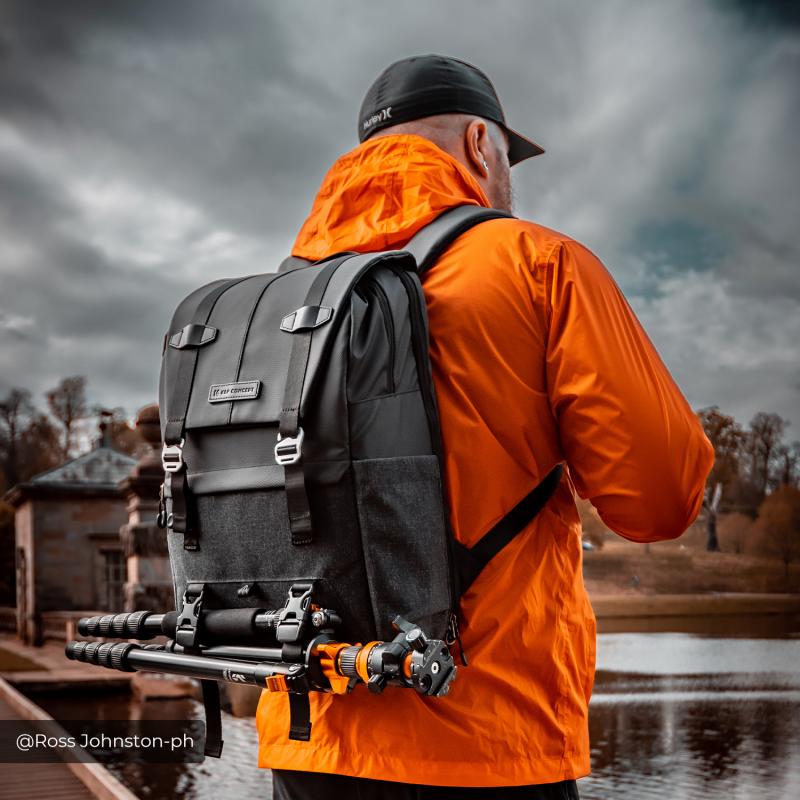
3、 Troubleshooting Wi-Fi Connection for CCTV Cameras
Troubleshooting Wi-Fi Connection for CCTV Cameras
Connecting a CCTV camera to a Wi-Fi network can provide convenience and flexibility in monitoring your property remotely. However, sometimes issues may arise that prevent a successful connection. Here are some troubleshooting steps to help you connect your Wi-Fi to a CCTV camera:
1. Check the camera's compatibility: Ensure that your CCTV camera is Wi-Fi enabled and compatible with your network. Some older models may not support Wi-Fi connectivity.
2. Verify Wi-Fi signal strength: Weak Wi-Fi signals can cause connection problems. Check the signal strength in the area where the camera is installed. If the signal is weak, consider moving the router closer to the camera or using a Wi-Fi extender.
3. Ensure correct Wi-Fi credentials: Double-check that you are entering the correct Wi-Fi network name (SSID) and password. Even a small typo can prevent a successful connection.
4. Reboot the camera and router: Sometimes, a simple reboot can resolve connectivity issues. Turn off both the camera and the router, wait for a few seconds, and then turn them back on.
5. Update firmware: Check if there are any firmware updates available for your CCTV camera. Manufacturers often release updates to improve compatibility and fix bugs that may affect Wi-Fi connectivity.
6. Reset camera settings: If all else fails, you can try resetting the camera to its default settings. This will erase any previous configurations and allow you to start fresh with the Wi-Fi setup.
It's important to note that the process of connecting a CCTV camera to Wi-Fi may vary depending on the specific model and brand. Therefore, referring to the camera's user manual or contacting the manufacturer's support team can provide you with more specific guidance.
In recent years, advancements in technology have made connecting CCTV cameras to Wi-Fi networks easier than ever. Many newer models offer simplified setup processes, such as QR code scanning or automatic network detection. These features streamline the connection process and reduce the chances of encountering connectivity issues.
In conclusion, troubleshooting Wi-Fi connection for CCTV cameras involves checking compatibility, signal strength, credentials, and performing basic troubleshooting steps like rebooting and updating firmware. By following these steps and staying up to date with the latest advancements in camera technology, you can ensure a smooth and reliable connection for your CCTV camera.

4、 Benefits and Limitations of Wi-Fi Enabled CCTV Cameras
How to connect Wi-Fi to CCTV camera:
To connect a Wi-Fi enabled CCTV camera, follow these steps:
1. Ensure that your CCTV camera supports Wi-Fi connectivity. Check the camera's specifications or user manual for Wi-Fi compatibility.
2. Connect the camera to a power source and turn it on.
3. Install the camera's mobile app on your smartphone or tablet. The app is usually available for download from the manufacturer's website or app store.
4. Open the app and create an account if required. Follow the app's instructions to connect the camera to your Wi-Fi network. This typically involves selecting your network from a list and entering the Wi-Fi password.
5. Once the camera is connected to your Wi-Fi network, you can access its live feed and recordings through the app on your mobile device.
Benefits of Wi-Fi enabled CCTV cameras:
1. Easy installation: Wi-Fi cameras eliminate the need for complex wiring, making installation quick and hassle-free.
2. Remote access: With Wi-Fi connectivity, you can access your camera's live feed and recordings from anywhere using your smartphone or tablet. This provides convenience and peace of mind, especially when you are away from home or office.
3. Flexibility: Wi-Fi cameras can be placed anywhere within the range of your Wi-Fi network, allowing you to monitor different areas without limitations imposed by wired connections.
4. Expandability: Wi-Fi cameras can be easily added or relocated as needed, providing flexibility in expanding your surveillance system.
Limitations of Wi-Fi enabled CCTV cameras:
1. Limited range: Wi-Fi signals have a limited range, and obstacles such as walls and interference from other devices can further reduce the effective range of the camera.
2. Bandwidth limitations: Streaming high-quality video over Wi-Fi can consume significant bandwidth, which may affect the performance of other devices connected to the same network.
3. Security concerns: Wi-Fi networks can be vulnerable to hacking if not properly secured. It is crucial to use strong passwords and enable encryption to protect your camera's feed from unauthorized access.
4. Reliability: Wi-Fi connections can be prone to interference and signal dropouts, which may result in intermittent or unreliable video feeds.
In conclusion, Wi-Fi enabled CCTV cameras offer convenience, flexibility, and remote access capabilities. However, they also have limitations such as limited range, bandwidth constraints, security concerns, and potential reliability issues. It is important to consider these factors when choosing a Wi-Fi enabled CCTV camera for your surveillance needs.
